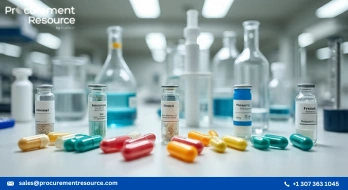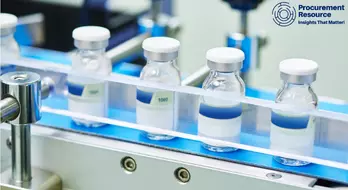Progression of Oral Solid Dosage Forms is a Growing Fad in the Pharmaceutical and Nutraceutical Market

Healthcare products have been available in a variety of dosage forms over time. Every now and then, people have seen the introduction of novel dosage forms, such as oral films, needleless syringes, wearable injectors, and skin implants. Nevertheless, regardless of numerous dosage forms, the supply of oral solid dosage forms continues to remain unparalleled and dominant in the pharmaceutical and nutraceutical industries.
While the nutraceutical market almost entirely focuses on oral administration for dietary supplements, injectable, topical, rectal, and pulmonary dosage forms and oral dosage forms are frequently used in the pharmaceuticals sector.
There are various reasons why oral solid dosage forms continue to be popular and a significant research focus.
For starters, this form is well understood and accepted throughout the world, and it has numerous advantages, including patient compliance, ease of consumption, and handling. Moreover, the high demand for solid oral dosages has resulted in the development of novel technologies and materials to meet the specific needs of emerging consumer groups, new active ingredients, etc.
Patient-centric dosage forms have become increasingly important, and they remain one of the most significant trends in medicine. One of the fundamental ways manufacturers can make treatment more patient-friendly is to create solid orals that are easy to swallow. This is especially critical for children and the elderly.
For such groups, encapsulating medicines in sprinkle capsules, mini or micro tablets, or capsules can improve the consumer experience. The Food and Drug Administration also promotes patient-centric drug development to ensure that patients' needs and concerns are incorporated into product development and dosage form.
3D printing has an impact on every aspect of manufacturing and enables companies to develop newer dosage forms quickly and at a low cost in the healthcare industry.
Thanks to this technology, it is now necessary to form complex drugs with multiple ingredients in a single dosage form. In response to the growing demand for more customised and patient-centric products, a single oral solid dosage form can be designed with a unique release profile or designs tailored to consumer needs.
Combination fill capsules contain various active ingredients and can help with formulation issues. The combination fill technology can help with once-daily combinations, fixed-dose combinations, multi-drug resistance therapies, and avoiding missed doses. Solid-solid and solid-liquid combinations in capsules include mini-tablets, liquid in capsules, pellets in liquid, and smaller tablets inside larger capsules.
In the Nutra segment, animal-based gelatin capsules are gradually being replaced by those made from vegetarian materials such as a cellulose-based polymer. This trend has accelerated as many people choose to live a vegan or vegetarian lifestyle. To meet the needs of these customer bases, plant-based capsule alternatives such as HPMC (hydroxypropyl methylcellulose) have been developed.
Liquid-filled hard capsules are a growing trend in the nutraceutical industry. It directly incorporates natural and vegetable oils, liquids, and semi-solids into hard capsules. Incompatible ingredients can be encapsulated using combination filling options to provide multidose delivery in single capsules.
Despite the increasing number of products entering the nutraceutical and pharmaceutical sectors, oral solid dosage forms remain among the most popular administering medicines and dietary supplements. The trends show the exciting developments and ongoing innovations in this field, ensuring that this form remains at the forefront of reliable, cost-effective, and convenient product development and administration.



